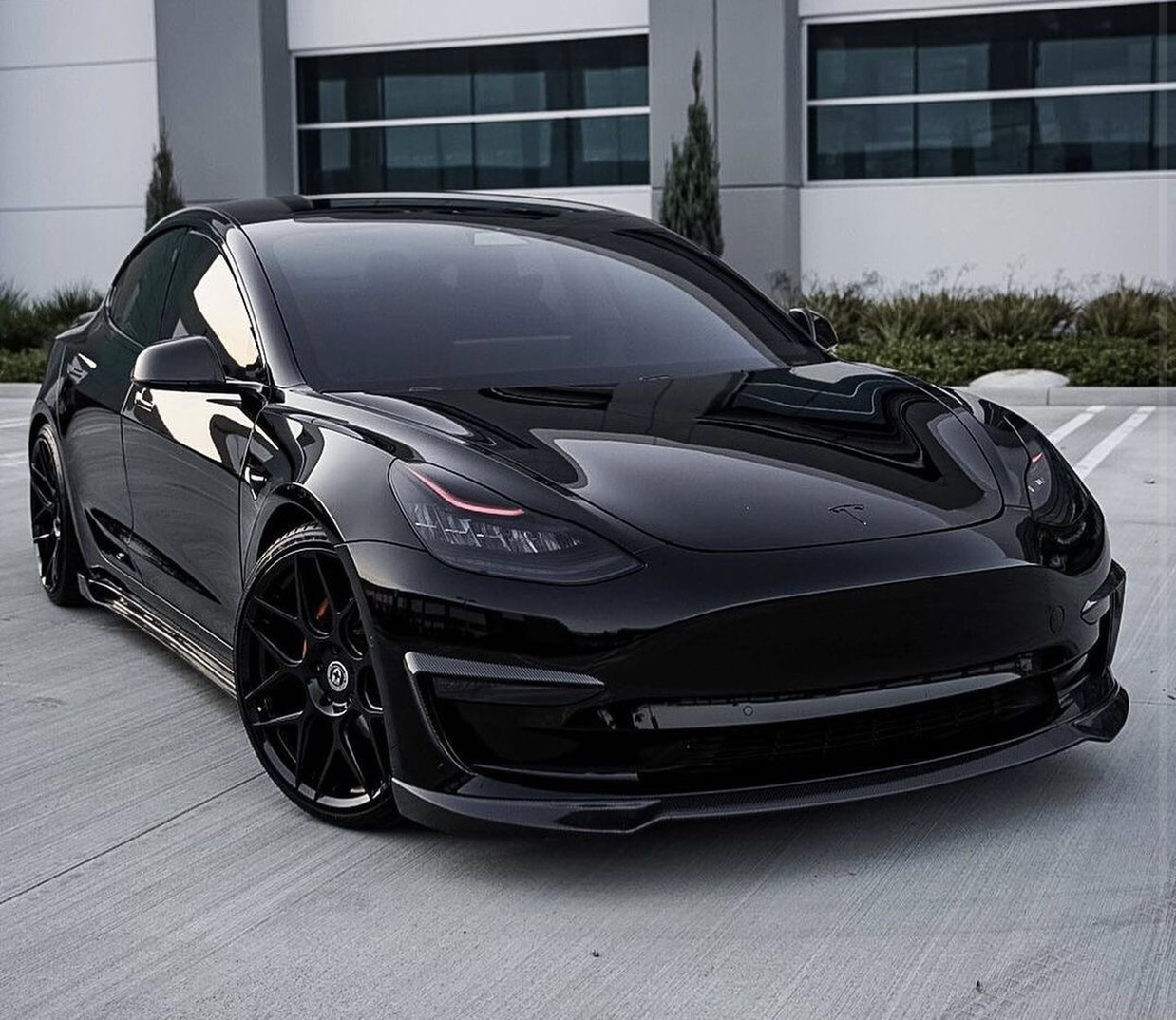
Juvie
Stay the course!
23Follow
241Followers
0Topic
0Badge
please help
Zhihu Technology fall on its first day of trading
help pls
Tesla shares dip on recall rumors
help
Sorry, the original content has been removed
looking forward
Here Are the 11 Best Performing IPOs of the Year
like and comment
Zhihu Technology fall on its first day of trading
$Apple(AAPL)$all the way
Buffett Full Annual Letter:Apple is One of ‘Four Giants’ Driving the Conglomerate’s Value
like and comment
Hong Kong-listed shares of JD.com rise as Q1 revenue tops estimate
yes sir
Sorry, the original content has been removed
maybe
How Likely Is a Stock Market Crash?
like and comment please
Sorry, the original content has been removed
nice
Sorry, the original content has been removed
Going to do the exact opposite
Sorry, the original content has been removed
time will tell
Powell says Fed will keep supporting economy ‘for as long as it takes’
nice
Tesla raises price for Performance Model Y in China to 387,900 yuan
interesting
Sorry, the original content has been removed
like and comment
Can NIO Stock Reach $100? We Think It's A Matter Of 'When' Not 'If'
interesting
Sorry, the original content has been removed
still bullish
Why You Might Regret Not Buying Nvidia on the Dip
cautious
Sorry, the original content has been removed
bullish on clean energy
Solar energy can account for 40% of U.S. electricity by 2035- DOE report
Go to Tiger App to see more news